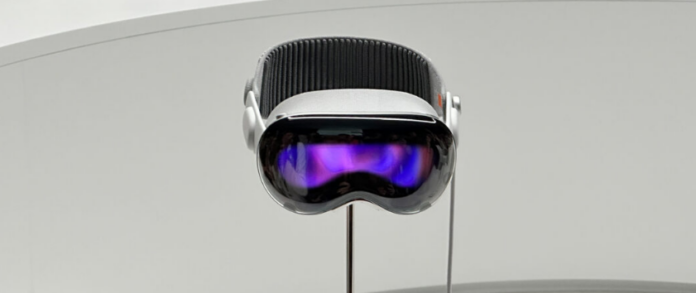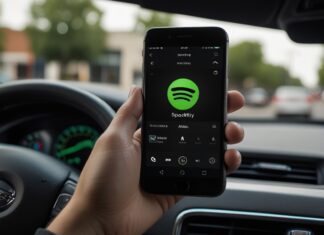The Apple Vision Pro virtual reality glasses were announced with a price of US$ 3.499 (about R$ 17 thousand in the current conversion between currencies). A value considered high even by the standards of North American consumers. So, the big tech would be planning three devices with more affordable prices.
Industry sources revealed to China’s DigiTimes that the brand is already working on the 2nd generation of the Vision Pro even before the debut of the original model in 2024. Thus, the line should have “premium” models and “mid-range” options.
According to the information, the alleged 2nd generation of the Vision Pro will have a variant that will be a direct successor to the original model. The virtual reality headset should retain the premium features and equally high price.
Meanwhile, the more affordable versions of the device are expected to have feature cuts and simpler specs. This can result in a device with half the manufacturing cost of the original glasses.
Industry sources suggest that the “mid-range” Vision Pro could hit the market costing $1,750. In this way, Apple would be able to reach a larger layer of consumers interested in the new product category.
The 2nd generation of the virtual reality glasses should be unveiled at the end of 2024, but will only hit stores in the 2nd half of 2025. However, the brand’s purported plans depend on the sales performance of the original model.
Before… the debut of Apple Vision Pro
The Apple Vision Pro is expected to be the tech world’s flagship launch of 2024. The debut of the big tech virtual reality glasses is expected to take place in March next year.
According to recent information, the manufacturer expects to sell around 1 million units in the first year. About 400,000 devices are expected to be sold in the first few days.
It’s worth mentioning that Apple Vision Pro sales will require an appointment due to customization. Customers will have to visit an Apple Store to perform some special tests before ordering the headset.
Perhaps that’s why Apple doesn’t plan to release the device outside the United States before 2025. In other words, Brazilian consumers will have to travel to buy the glasses or wait for their official debut here.









